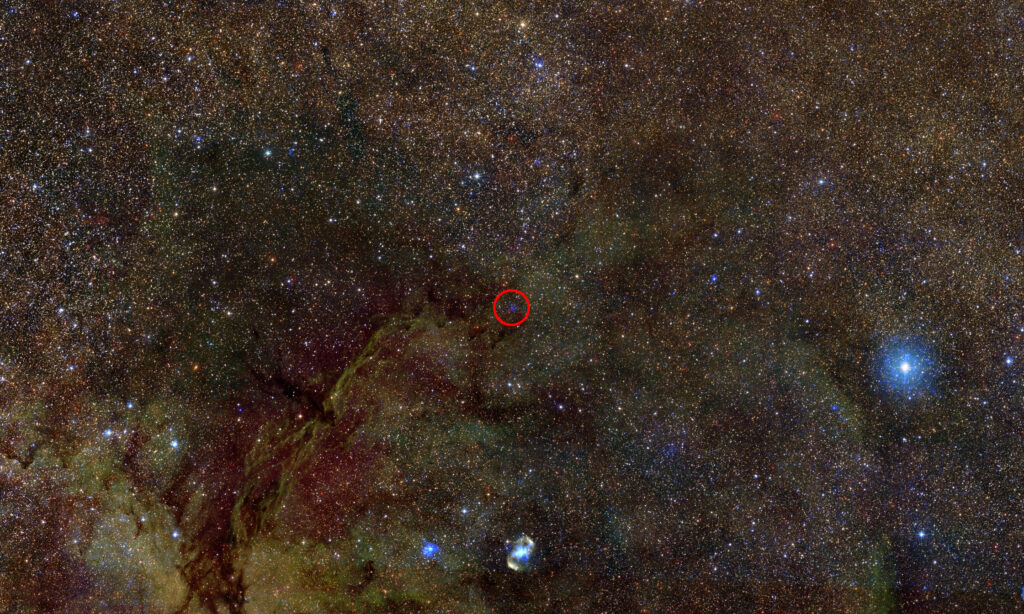An international team of astronomers, including Elisa Costantini (SRON/UvA), has for the first time directly measured how much sulfur occurs in gaseous and solid form in the interstellar medium. This helps to understand how gas clumps together to form stars and planets.
Sulfur
Sulfur is a building block for new stars and planets, and measuring sulfur between the stars can greatly aid our understanding of how gas clumps into dust during star and planet formation. We only had a partial understanding of where sulfur exists in gaseous form and where it is found as solid matter.

combination with iron
Thanks to the Japanese XRISM satellite, astronomers have, for the first time, directly measured how much sulfur occurs both as a gas and as a solid in the interstellar medium, the gas and dust between the stars. Sulfur is often found in combination with iron as a solid, providing clues about how elements travel through the universe and contribute to the formation of stars and planets.
laboratory research
To enable these measurements, SRON has conducted laboratory research for many years. In the lab, sulfur-iron compounds, uncommon on Earth, are created to understand how they appear in the X-ray light detected by XRISM. ‘The chemistry in space is entirely different from that on Earth, but through our laboratory work we can develop models that closely match what XRISM observes,’ says Dr. Elisa Costantini (SRON/UvA).

fingerprints
XRISM made the observations using its Resolve spectrometer. It measured the X-ray light from a binary star system in the background, which acted like a torch shining through the gas and dust between the stars. Along the way, sulfur left fingerprints that could be compared with those measured in the laboratory. The Resolve instrument measures these fingerprints in such detail that scientists can distinguish whether sulfur is present in gaseous or solid form.
XRISM is led by JAXA (Japan Aerospace Exploration Agency) in collaboration with NASA, along with contributions from ESA (European Space Agency). NASA and JAXA developed Resolve, the mission’s microcalorimeter spectrometer. SRON hardware contribution to XRISM includes the filter wheel and the modulated X-ray sources, used for the spectral calibration.
Publication
XRISM insights for interstellar sulfur, Publications of the Astronomical Society of Japan


